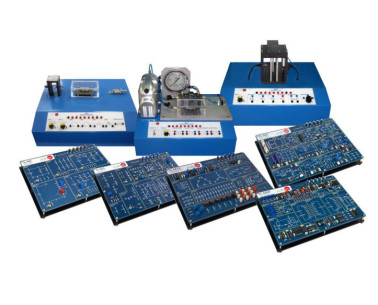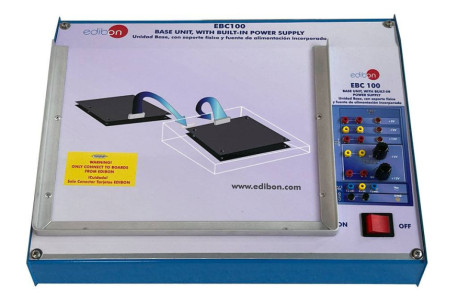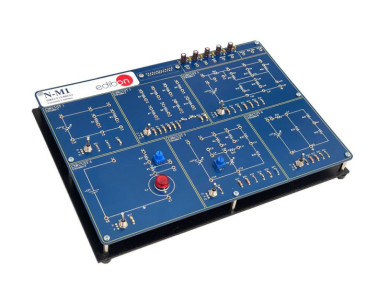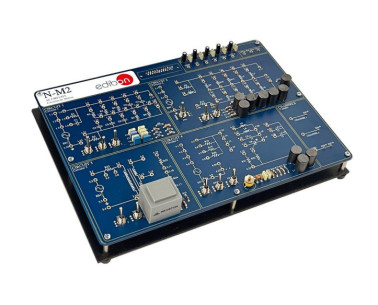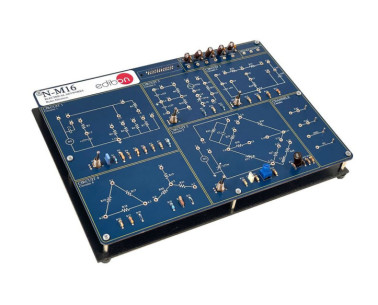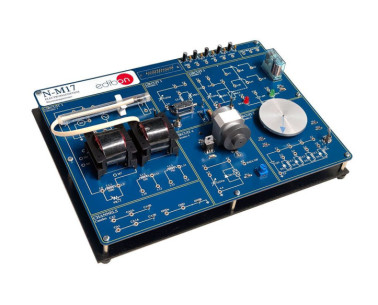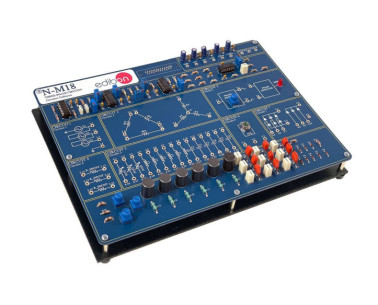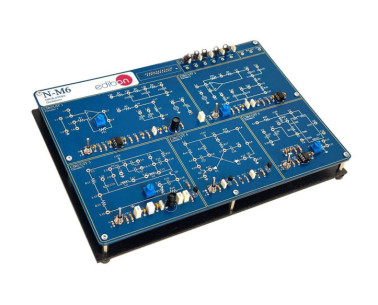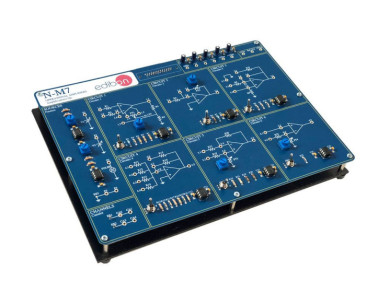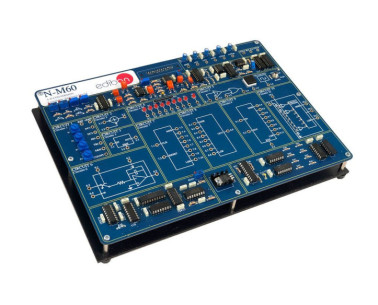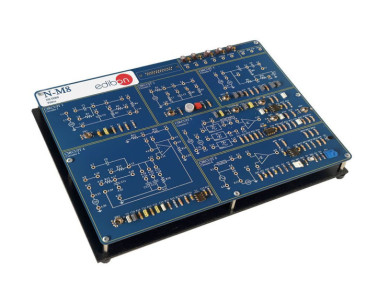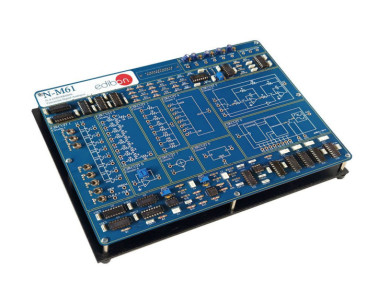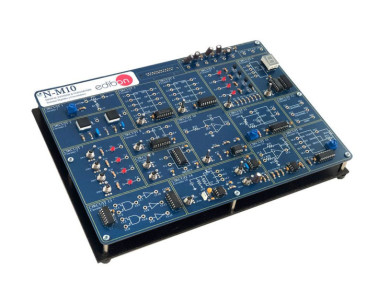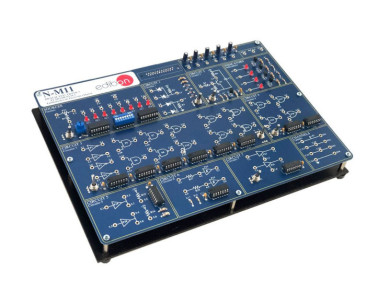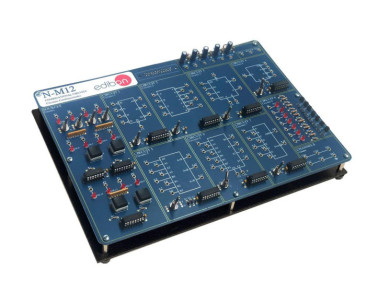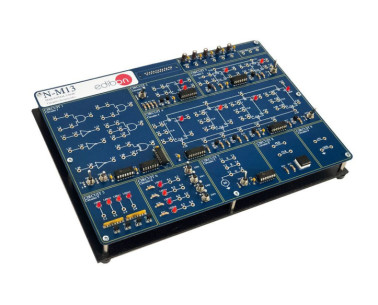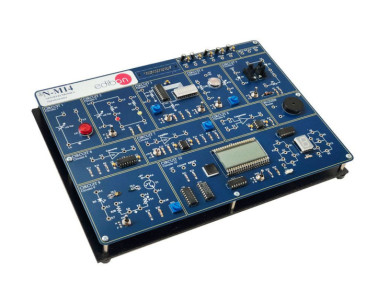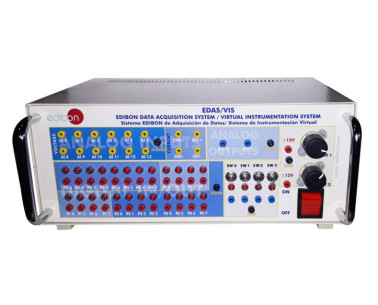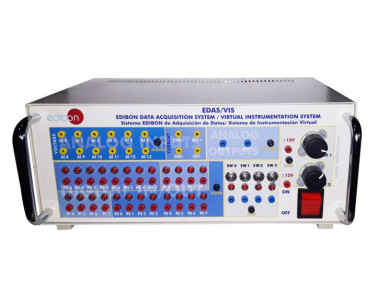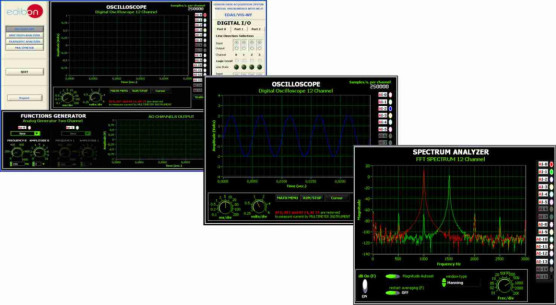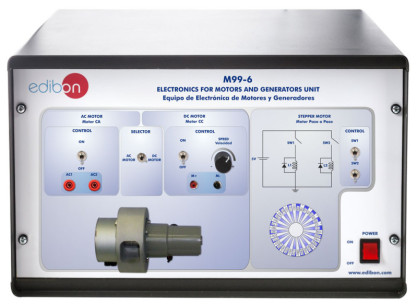EDIBON은 기술적, 분석적 및 광고 목적으로, 탐색 습관을 기반으로 한 프로파일링을 포함하여 자사 및 제3자 쿠키를 사용합니다. 모든 쿠키를 허용하거나 “쿠키 설정”을 클릭하여 원하는 대로 설정하거나 거부할 수 있습니다. 자세한 내용은 당사의 쿠키 정책을 참조하십시오.
Required cookies
항상 활성화
These cookies are strictly necessary for the operation of the site, you can disable them by changing the settings of your browser but you will not be able to use the site normally.
사용 된 쿠키
Functional cookies
These cookies provide necessary information to applications of the website itself or integrated by third parties, if you disable them you may find some problems in the operation of the page.
사용 된 쿠키
Performance cookies
These cookies are used to analyze the traffic and behavior of customers on the site, help us understand and understand how you interact with the site in order to improve performance.
사용 된 쿠키
Guided cookies
These cookies can be from the site itself or from third parties, they help us to create a profile of your interests and to offer you advertising aimed at your preferences and interests.
사용 된 쿠키
Analytical cookies
Are those that allow the analysis of user behavior on the Website.
사용 된 쿠키
You can enable, know, block or delete the cookies installed on your computer by configuring the options of the browser installed on your computer.
For example, you can find information about the procedure to follow if you use the following browsers:
Firefox from here: http://support.mozilla.org/es/kb/habilitar-y-deshabilitar-cookies-que-los-sitios-web
Chrome from here: https://support.google.com/chrome/answer/95647?hl=es
Explorer from here: https://support.microsoft.com/es-es/help/17442/windows-internet-explorer-delete-manage-cookies
Safari from here: http://support.apple.com/kb/ph5042
Opera from here:http://help.opera.com/Windows/11.50/es-ES/cookies.html
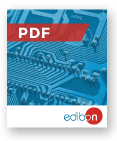
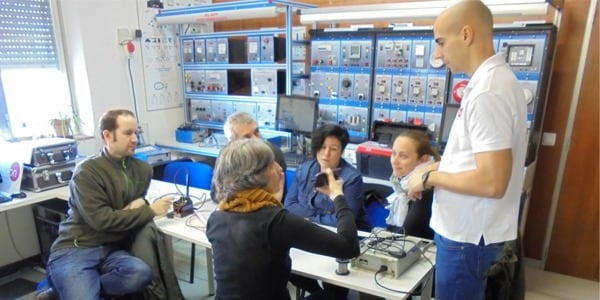

 쿠키 기본 설정
쿠키 기본 설정

